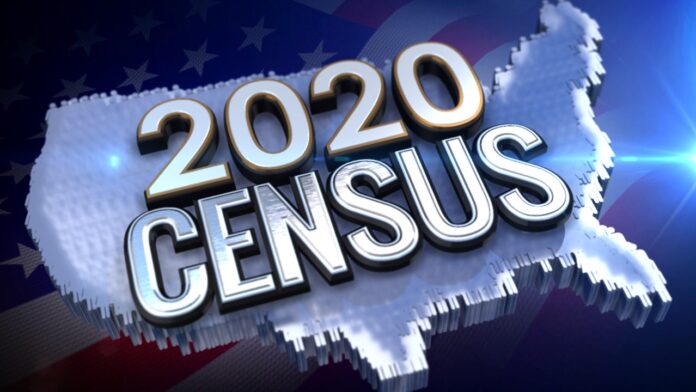President Trump last week ordered the director of the U.S. Census Bureau to subtract undocumented immigrants from the 2020 enumeration. Doing so would significantly affect the Rio Grande Valley, the state of Texas and other areas where immigrants are a large part of the population. It would weaken our voice in Congress.
Gov. Greg Abbott has been one of Trump’s most dedicated supporters. It will be interesting, therefore, to see whose interests our governor will put first — our president’s, or our state’s.
In addition, because it could have such a severe effect on the Valley’s interests, local officials should not only monitor the issue, but lend whatever assistance and resources they can to help ensure that South Texas gets the amount of representation it deserves — and needs.
Undocumented residents have long been an issue with regard to representation. Regardless of their legal status, they pay the same taxes, use the same roadways and other services, and thus warrant representation.
Our officials have been active in recent decades, arguing that under-representation of immigrants has deprived our region from vital resources and weakened our own representation. We trust they once again engage in the fight to make our voices heard.
Census numbers are used to determine representation in Congress and in the state Legislature. Reducing the numbers thus would reduce the number of congressional seats that are allotted to our state. Much of that reduction, obviously, will come from areas where those immigrants are assumed to live, including the Valley. And as has been pointed out repeatedly by people advocating for full census participation, having more people to plead our case in the halls of governance raises the chances that they will be heard, and result in more services and funding to meet our needs.
As can be expected, lawsuits already have been filed to challenge the president’s order. We’ll see how the cases proceed; the issue will be relevant after the census is completed, and if a new president is elected in the interim, the order could be rescinded. Otherwise, it’s likely to be taken up eventually by the U.S. Supreme Court.
The court addressed a similar matter in 2015, in a lawsuit challenging the 2010 count. Texas residents Sue Evenwel and Edward Pfenninger filed a lawsuit alleging that including non-voters in the census violated the “one person, one vote” principle of the Constitution’s Equal Protection clause. Justice Ruth Bader Ginsburg, writing the 6-3 decision, cited tradition, constitutional history and legal precedent in ruling that the using total population was a valid method of apportionment.
The court did not mandate, however, the use of total population. The ruling suggests that states control apportionment and can set the parameters, as long as all states are consistent in setting those standards.
The legislature, therefore, will decide how Texas’ lines are drawn. The census, however, will determine the numbers they have to work with, and the number of congressional districts they have to fill.
Let us hope that the legal rights of all people, regardless of status, win out in the end.



